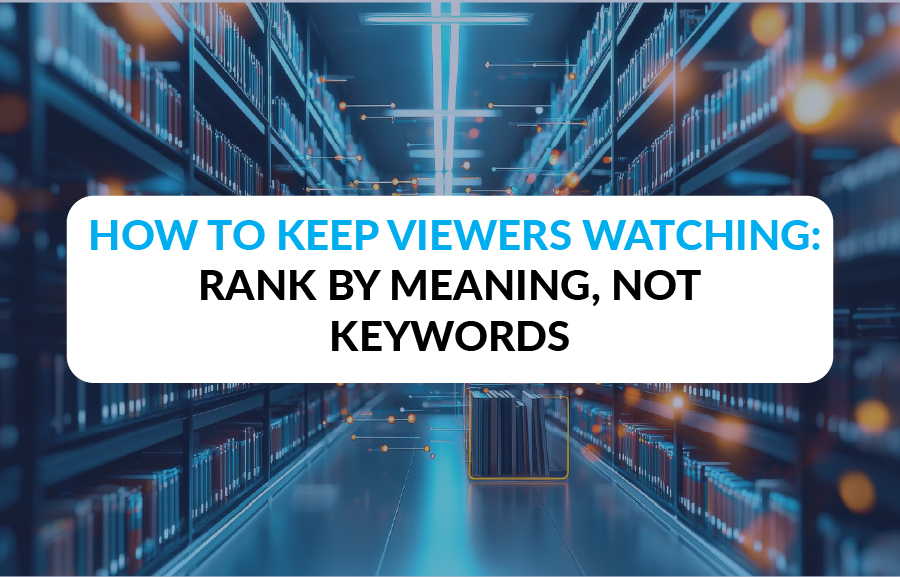Staying Ahead of the Curve in UX Design with AI
No items found.
Published:
August 20, 2024
Topic:
Use cases

From one designer to another, using AI in UX can help speed work up, but it can also make us less creative.
I find that emphasising user experience in all AI apps is really important. With short attention spans and low tolerance for loading speeds, it is important that apps are designed well and work quickly. The worst thing in the world is waiting 3 minutes for something to load, and then not getting the results you want.
Hint: This is where we are now with image-generators and bad prompting skills.
The demand for AI design tools has surged in 2023. According to Google trends, the search volume for AI design related tools and software has increased 1700% from 2022 to 2023 alone.
We spoke with Ljubiša Kukulj not so long ago on the “AI Searched” Podcast to hear his views of mentoring young students in design:
“Although AI makes the entire process faster and simpler, its most significant impact today is in the discovery and ideation phases. This is where businesses can make a giant leap forward.”

“AI tools can process user feedback, market trends, and competitive analysis with remarkable speed and accuracy. This allows designers to uncover deeper insights and generate more effective design ideas, taking their projects to new heights from the ground level.”
Over half of respondents according to Forbes Advisor, 54%, believe that AI can improve written content, suggesting that AI-driven solutions such as ChatGPT have the potential to enhance text quality, creativity and efficiency in various content creation contexts.
Ljubiša also talks about the downside of starting to early in AI and how to prevent it:
“A foundational understanding of the principles and processes involved is crucial. Beginning with the basics ensures that designers can provide the right inputs and ask the right questions when using AI tools. This foundational knowledge helps avoid the pitfall of relying too heavily on AI and potentially adopting inappropriate methods for the task at hand.”
Today, staying ahead in UX design also involves continuous learning and collaboration. Engaging with new tools, participating in meetups, and exchanging ideas with peers are invaluable ways to grow and stay updated with the latest trends and technologies, although it may seem trivial and someone might say it isn't beneficial, it is a very important way of exchanging information. By actively participating in the design community, designers can gain fresh perspectives, discover innovative tools, and refine their skills.

But how do we feed through all of the content and information that we find on LinkedIn, YouTube, design forums, conferences, workshops, etc.? With the ease of creating digital content, we have overflowing knowledge available to us and know way to go through it all. AI Solutions such as Omnisearch allow users to search through vast media content within seconds to find the topic, image or video that is necessary for them, not only searching metadata, but pinpointing the exact moment of a video or document where your search query is relevant. As AI generative content progresses, indexing and search solutions need to keep up.
A huge benefit of Omnisearch vs. search competitor Algolia, is the ability to search directly in video, audio, and speech-to-text files. Organizations and online learning platforms can create a better user experience for their users by implementing better search tools, for example check out Underline Science, for an e-learning implementation of Omnisearch.

How do we adapt to the ever-changing UX trends of our consumerS?
Prabhakar Raghavan, Google Senior Vice President, says, "In our studies, some 40% of young people, when looking for a place for lunch, don't go to Google Maps or Search, but search on TikTok or Instagram." As we adapt to a digital image heavy future, user experience design must adapt as well. Understanding user behavior is an important job for any UX designer or researcher, and using that knowledge to adapt to the future can help you stay ahead of the curve with AI.

Thanks for stopping by and reading our blogs, let us know on social media if we can answer your questions and write about your favorite topics.






